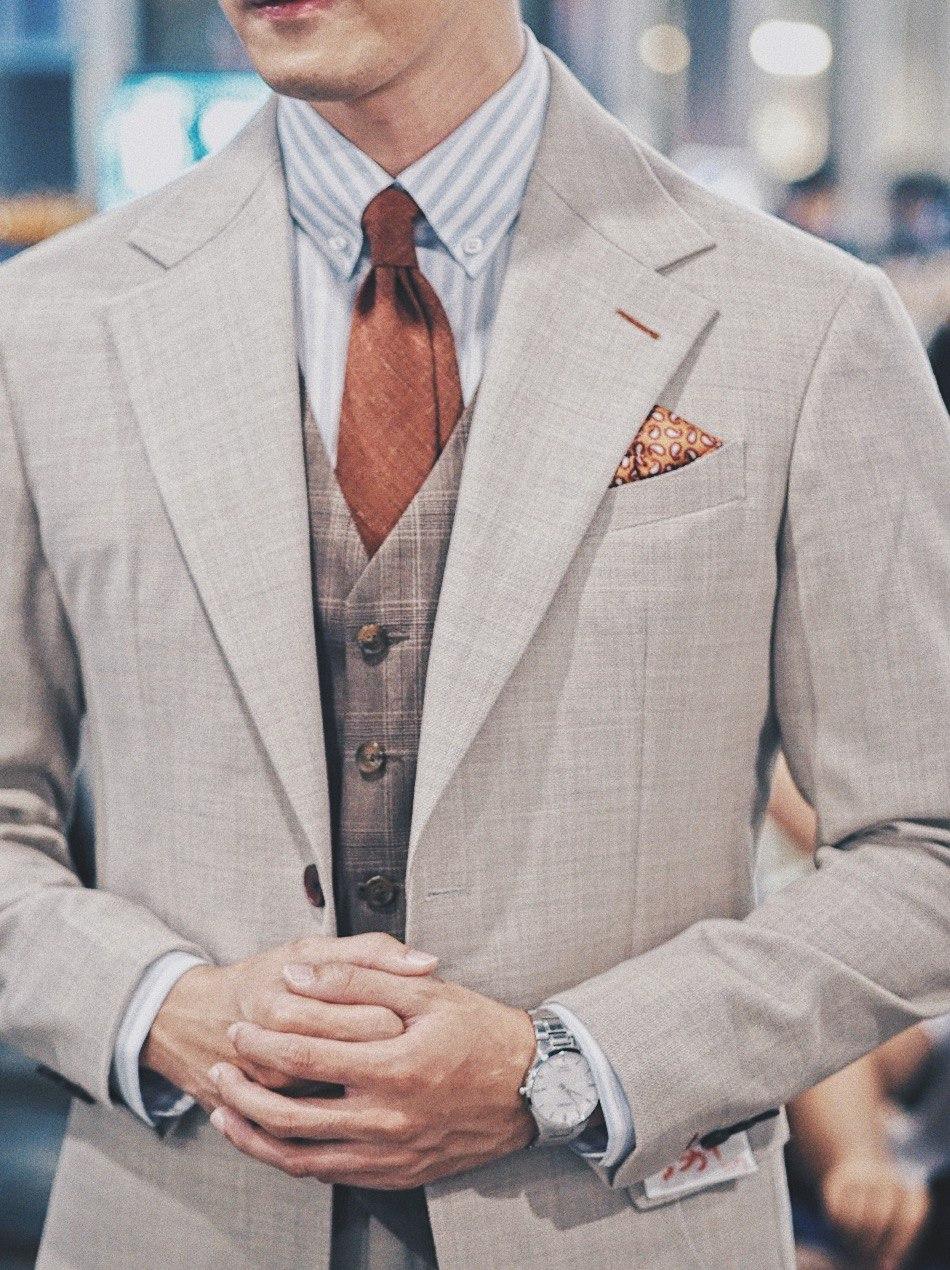
What your posture says about your suit (Part 2 of 2)
Previously in part 1 of this editorial article, we talked about the different types of postures that we commonly encounter over the past decade of our experience in the world of tailoring. We also covered the most common issue of shoulder divots and how your posture might affect that. If you haven’t read part 1, you can do so by clicking here.
Today, we will touch on another aspect often left ignored - the jacket sleeve pitch. We will also talk about how a client’s shoulder angle will play a part in their completed suit. Although all these are minute details, they leave a big impact on the suit if they are not accounted for.
Sleeve Pitch
Now, the sleeve pitch refers to the angle in which the sleeve is attached to the armhole. The curve and the angle of the sleeve should follow the natural hanging position of the arm.

If the curve or the angle of the sleeve is wrong, there will be unsightly bunching at the front or back of the sleeve. In most cases, the bunching will occur at the back of the sleeve; meaning the sleeve pitch is too low. This happens as most clients are spotted with forward tilt shoulders. Below is an extreme but perfect example of a client spotted with a forward tilt shoulder. Notice from bottom photo circled in red, the ball of the shoulder is pointing 45 degrees forward. As a result, there are multiple drag lines connecting from the sleeve head to the elbow. Bet you didn’t notice them on your suits, did you?

In the images above, notice how the sleeve pitch has been even out several times through multiple fitting sessions. As it progressed, pay attention to how the drag lines are more in control. We don’t deny that it is a pain staking process to get this right as extreme body structures like this go against the standard norms of traditional tailoring. Advanced Made-to-Measure or Bespoke tailoring houses are equipped with the right skills to rectify issues like this.
Shoulder Angle
Another key area that we pay attention to is the shoulder angle of the jacket. As the shoulders are the most important part of the jacket, the shoulder slope of the jacket can make or break the suit. The rule of thumb is for the jacket shoulder to rest neatly with a natural fall.

In the images shown above, we have an example of ‘Sloped Shoulder’ and ‘Squared Shoulder’. We have to account for their shoulder angle in both cases so that the jacket shoulder follows and contours naturally on the client. This is essential as there are some clients with one shoulder more sloped than the other, or one shoulder more squared than the other.
When the angle of the shoulders is off, two main things happen. Refer to the 2 images shown below and take note of the areas annotated with a red circle.

First, if the shoulders are too squared, a roll of excess fabric will appear at the base of the neck. Next, if the shoulders are too sloped, the armholes will collapse as there will be downward pressure causing noticeable diagonal stress lines across.
More often, we encounter more sloped than squared shoulder cases. This could be due to an old injury or even just day-to-day habits like going to the gym. Back in the day, people didn’t have all the fancy machines and weights because most of their work was physical. But today, we often spot clients with one shoulder more sloped than the other.
Are you NOW convinced that tailoring is not something that can be done in a matter of days; and that it also takes multiple fittings to get things right?

Conclusion
Our goal is for our clients to not only look good from the front, but also at the sides and the back as well. As every part of the suit is interconnected, our measurements need to be meticulous and precise. We follow a system of taking 18-25 measurements, take photos of each client’s posture from the front, side and back, and we also have a minimum of 2 suit fitting appointments dedicated to each client.
If you have any queries or would like to book an appointment with us, feel free to hit us up at +65 8742 6863 or hello@assemblesg.com and we would be happy to assist you in getting the suit you have always wanted to own. Alternatively, you can drop us a DM on Instagram at @assemblesg!



Leave a comment
This site is protected by hCaptcha and the hCaptcha Privacy Policy and Terms of Service apply.